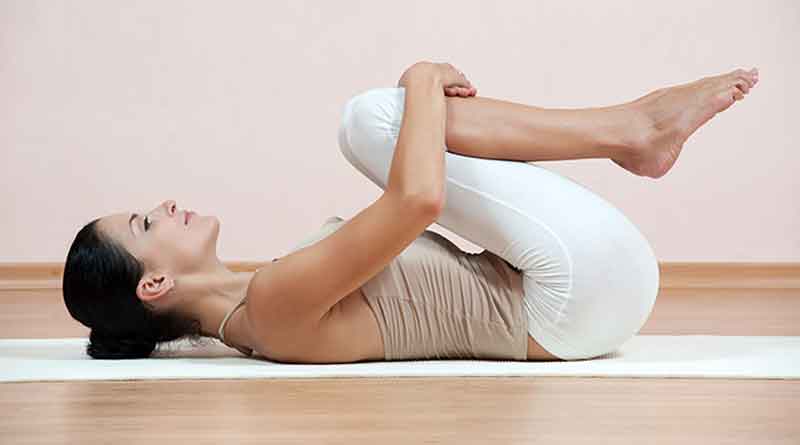What is Sun Salutation? Health Benefits of Sun Salutation
Surya Namaskar, or sun salutation is a modern yoga practice with twelve asanas which flow easily into one another. The first records of sun salutation are from the early 20th Century. There are many different variations of sun salutation.
The words “Surya Namaskar” are saskrit for “Sun Greeting” or “Sun Salute”. The sun is the source of all life and energy.
In Iyengar yoga, Sun Salutation is made up of; Tadasana, Urdhva Hastasana, Uttanasana, Adho Mukha Svanasana, Urdhva Mukha Svasana, Caturanga dandasana followed by reversing this sequence and ending up in the original asana, Tadasana.
Sun salutation provides a cardiovascular workout and also has a huge impact on the body and mind. It is best to do Sun Salutation early in the morning on an empty stomach. In the evenings you can do moon salutation which is very similar to sun salutation but with a few minor alterations.
Sun salutation gives us a perfect opportunity to recognise and fire up that energy source/ heat in side of ourselves. Other benefits include;
- Improved cardiovascular health and function
- Improved function of nervous system
- Stretches, tones and lengthens
- Improves cognitive function and ability
- Improves health and wellbeing, strengthening and conditioning the body whilst relaxing the mind.
- Gives a practitioner the opportunity to go deeper into their practice
- Allows a person to practice gratitude, perhaps the most important prayer
Precautions
- When practicing yoga it is best not to drink water for at least 30 minutes before your practice. Asanas are best performed when the stomach is empty.
- Remember to get a good quality yoga mat in a colour that makes you feel happy, although any mat will do.
- Wear stretchy clothes which are easy to move about in
- Remember to rest in Shavasana for at least 10 minutes at the end of your practice
- Its best not to drink for at least 15 minutes after your yoga practice
You may have heard of people practicing 108 rounds of sun salutation. This is traditional at the changing of the seasons at the equinox, although you could do this at any time. The rebirth of spring for signifies a fresh awakening or new start and is an excellent time to focus on your practice and eat healthily and cleanse the body. The autumn or fall equinox is an excellent time to look inward before the hibernation of the colder winter seasons.
The summer solstice is a time for joy and celebration. There are many traditional parties and ceremonies at this time of year to celebrate the seasons, the energy provided by the sun, nature and mother earth. The winter solstice is a time for reinvention, reincarnation. Our past falls away to make way for the new. These are all excellent times to practice 108 Sun salutations.
The number 108 is very auspicious and carries a lot of meaning and significance. This number appears in ancient, sacred texts. It also refers to the number 9 in numerology which signifies eternity and waking up. In astronomy, the distance between the earth and sun is 108 times the sun’s diameter. Mala beads also have 108 beads, and 108 is the number of Shiva. There are also 108 sacred places on the body according to Ayurvedic Medicine.
You Might Also Like





